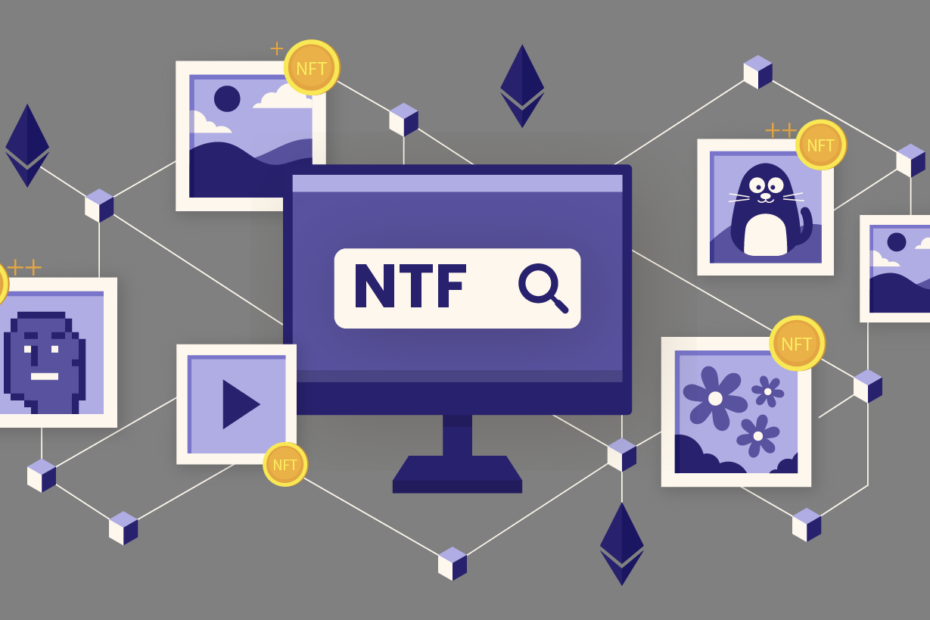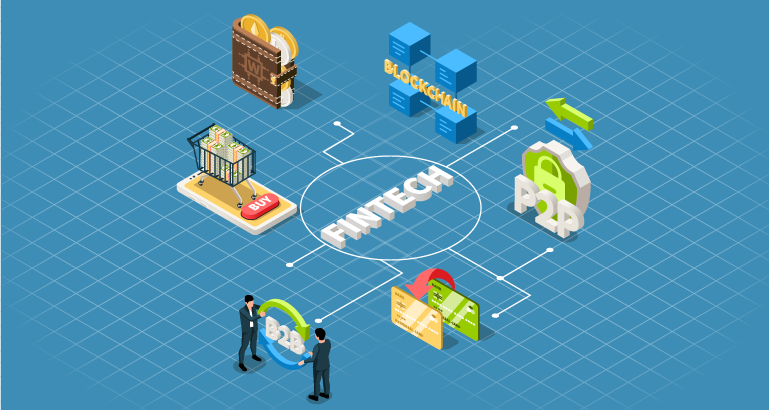Decoding NFTs
Introduction
In recent years, the world of digital art and collectibles has undergone a groundbreaking revolution with the emergence of Non-Fungible Tokens (NFTs). These digital assets have taken the art world by storm, captivating both artists and investors alike. With the rapid growth and increasing popularity of NFTs, it has become crucial for individuals to understand the underlying principles and mechanics of this innovative technology. This article aims to decode the complex world of NFTs, providing a comprehensive overview of its history, features, and potential implications for the future.
History
NFTs, though gaining exponential traction recently, have a relatively brief but interesting history. The first known NFT project was created in 2012, known as Colored Coins, built on top of the Bitcoin blockchain. Although it was a primitive implementation compared to modern-day NFTs, it laid the groundwork for the technology and highlighted the concept of unique digital assets.
The breakthrough moment for NFTs came in 2017 with the launch of CryptoKitties, a blockchain-based game where users could buy, sell, and breed unique virtual cats. This project demonstrated the potential demand and value of digital collectibles, as some CryptoKitties were traded for astonishing amounts of money. This marked the beginning of the NFT revolution and opened the floodgates for further exploration and innovation in space.
What is the current situation of NFTs in 2023?
As per reports
- In 2023, the NFT market is projected to generate a revenue of US$1,601.00m.
- It is expected that the revenue in the NFT market will experience an annual growth rate (CAGR 2023-2027) of 18.55%, resulting in a projected total amount of US$3,162.00m by 2027.
- The average revenue per user in the NFT market was US$114.80 in 2023.
- In terms of global comparison, the United States had the highest revenue in the NFT market, reaching US$781,900.00k in 2023.
- The number of users in the NFT market is expected to reach 19.31m by 2027.
- The user penetration rate is estimated to be 0.2% in 2023 and is projected to remain at 0.2% by 2027.
NFTs: Explained
At its core, a Non-Fungible Token is a type of digital asset that represents ownership or proof of authenticity of a unique item, whether it's a piece of art, a video, music, or any other digital content. Unlike cryptocurrencies such as Bitcoin or Ethereum, NFTs are indivisible and cannot be exchanged on a one-to-one basis. Each NFT possesses distinct attributes, making it one-of-a-kind and irreplaceable. These tokens rely on blockchain technology, typically built on the Ethereum blockchain, to provide transparency, security, and immutability to the ownership and transaction records.
Tokenization and Ownership
The process of tokenization lies at the heart of NFTs. Artists or creators mint their digital assets as NFTs by assigning them unique metadata and properties, including title, description, and often an accompanying digital file. These NFTs are then stored on the blockchain, providing a verifiable and tamper-proof record of ownership. When an NFT is purchased or sold, the ownership rights are transferred from one party to another through a smart contract, ensuring a transparent and trustless transaction. The blockchain serves as a decentralized marketplace, allowing creators to directly sell their NFTs to collectors and enthusiasts, eliminating the need for intermediaries.
Scarcity and Value
The concept of scarcity plays a crucial role in the value proposition of NFTs. By design, NFTs are limited in quantity, and their uniqueness adds value to the digital assets they represent. Scarcity, combined with the ability to prove ownership and authenticity, has opened up new possibilities for creators to monetize their work in the digital realm. Additionally, NFTs enable artists to receive royalties on secondary sales, ensuring ongoing revenue streams. However, it is important to note that the value of NFTs is subjective and influenced by factors such as the reputation of the creator, demand from collectors, and the perceived cultural or artistic significance of the work.
Challenges and Future Potential
While NFTs have garnered significant attention and enthusiasm, they also face challenges and criticism.
- One primary concern is the environmental impact associated with the energy consumption of blockchain networks.
- Another issue is the potential for copyright infringement or plagiarism, as digital content can easily be replicated or modified.
- Additionally, the volatility and speculative nature of the NFT market raise questions about its long-term sustainability.
However, despite these challenges, NFTs have opened up exciting possibilities for artists, musicians, gamers, and other creators to connect with their audiences, establish new revenue streams, and explore innovative business models. As the technology evolves and matures, we can expect further advancements, improved accessibility, and a wider range of applications for NFTs in various industries.
Token Standards
Various token standards exist for the creation and implementation of NFTs. The most well-known and widely used standard is the ERC-721, built on the Ethereum blockchain. This standard defines the basic functions and structure of NFTs. Additionally, there are other emerging standards like ERC-1155 that allow for the creation of both fungible and non-fungible tokens within the same contract. These standards provide flexibility and enable developers to create diverse and interactive digital ecosystems.
Marketplaces and Value Propositions
NFTs have revolutionized the way artists and creators can monetize their digital works. Through online marketplaces built specifically for NFTs, creators can showcase and sell their unique digital assets directly to collectors and enthusiasts. These marketplaces, like OpenSea and Rarible, provide a platform for artists to gain recognition, expand their reach, and earn royalties from secondary sales. Furthermore, NFTs enable ownership verification and provenance tracking, allowing collectors to confidently invest in digital art and collectibles.
Conclusion
Non-Fungible Tokens represent a new era for digital ownership and the monetization of unique digital assets. By decoding the intricacies of NFTs, we gain insight into their potential, challenges, and the evolving landscape they shape. As NFTs continue to redefine the art and digital world, it's essential to stay informed and engage in the ongoing dialogue surrounding their impact and future possibilities.
About Author
Gururaj Potnis
Gururaj Potnis is an accomplished entrepreneur with 18 years of experience across ventures such as Erasmic Consulting, Manthan, and Idea Bubbles. An alumnus of IIM Calcutta and IIT Delhi, Gururaj has a proven track record of steering organizations through growth and transformation. His leadership philosophy centers on fostering innovation, nurturing talent, and delivering scalable, future-ready solutions that resonate across industries.









